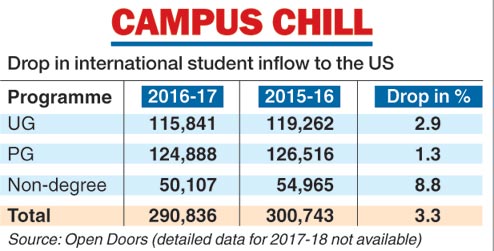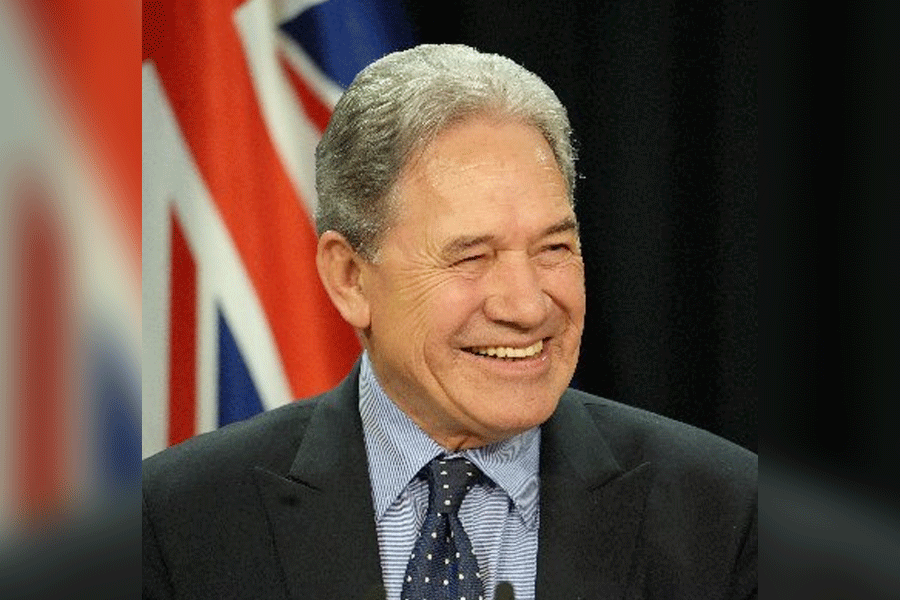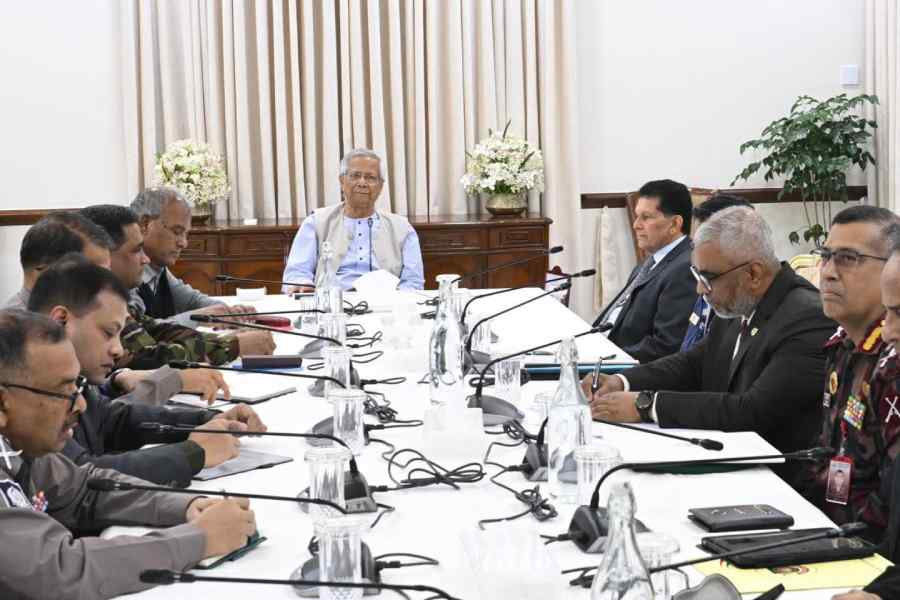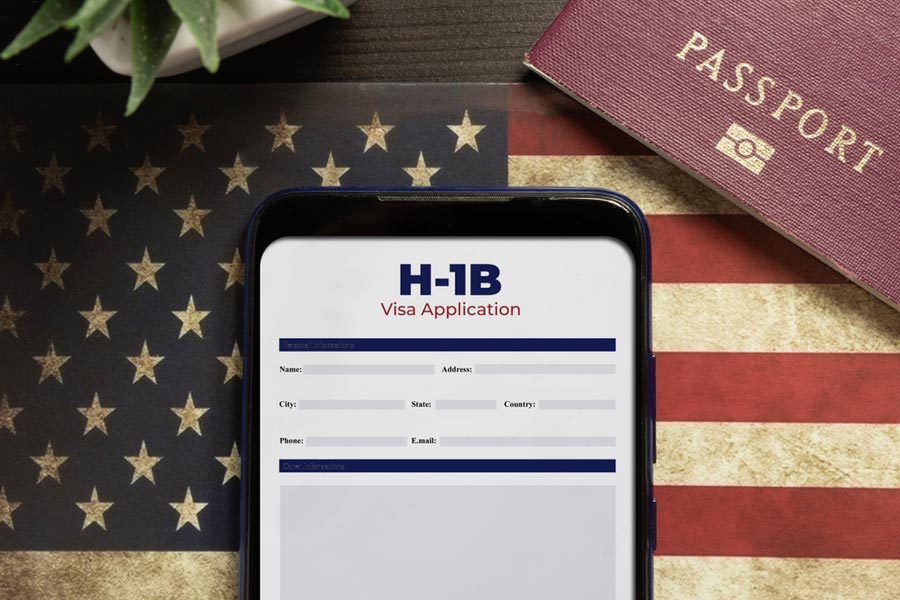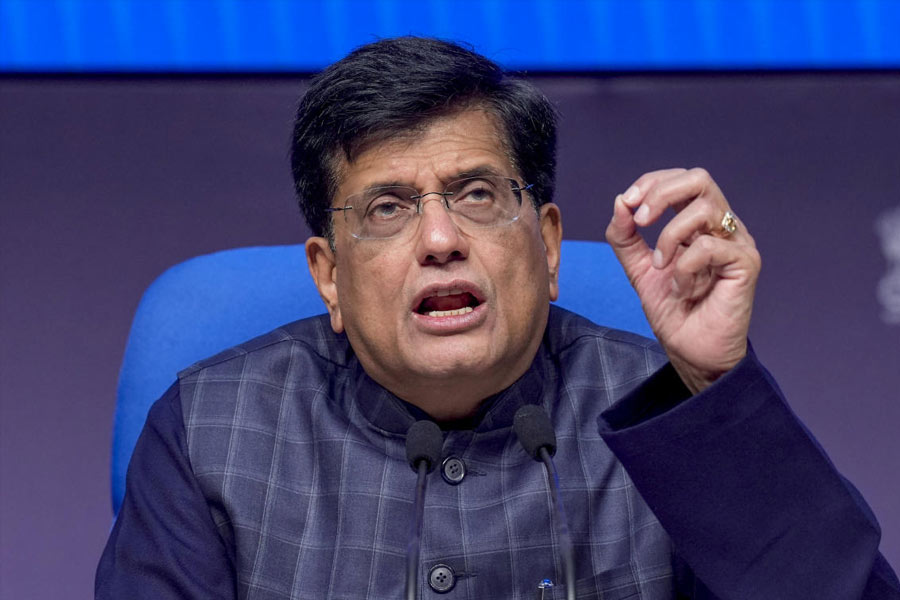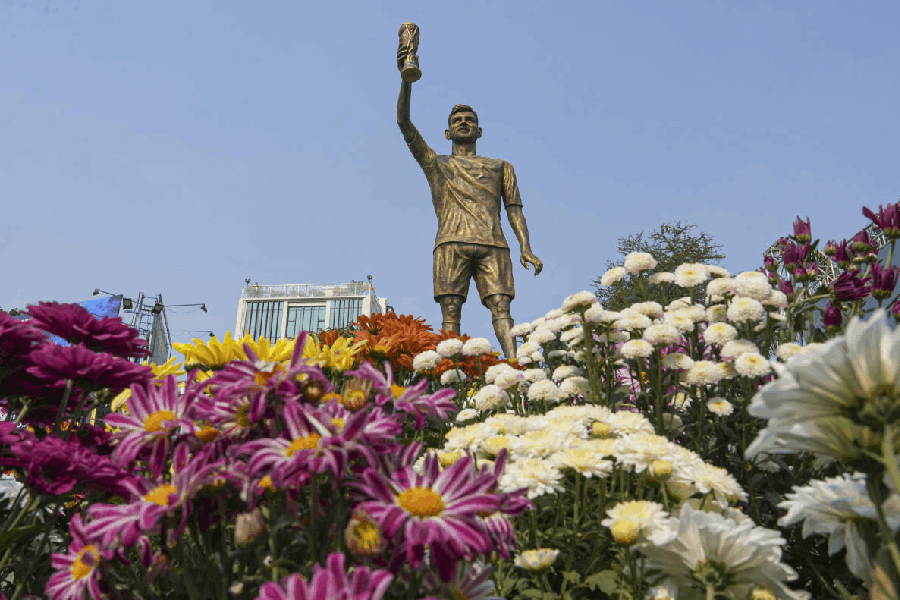
New Delhi/New York: Fewer foreign students enrolled with US universities this fall in the first admissions since Donald Trump became President, with some educationists suggesting a link with fears about racial intolerance in a new America.
In the context of the decline in student arrivals from India, the demonetisation too has been cited as a potential reason.
This year's inflow of international students was 7 per cent less than last year's, with 45 per cent of campuses reporting drops, according to a survey of nearly 500 American campuses by the US Institute of International Education.
"It's a mix of factors," said Rajika Bhandari, head of research for the institute, which collects data on international students in cooperation with the state department and publishes a report called Open Doors. "Concerns around the travel ban had a lot to do with concerns around personal safety based on a few incidents involving international students, and a generalised concern about if they're safe."
Last year's (2016-17) enrolment by international students had already fallen from the previous year's - by 3.3 per cent - marking the first such decline since counting began 12 years earlier.
These 2016-17 Open Door figures, released officially on Monday, were accompanied with a report that attributed the decline partly to the Saudi Arabian and Brazilian governments' scaling back of their large international scholarship programmes.
Another reason cited was the new competition from Britain, Australia, Canada and continental Europe. But it was the further, and sharper, drop in international student admissions this September --- whose details haven't been released officially --- that raised the biggest concern.

The trend signals a worry for some small universities that rely on money from foreign students, who injected $39 billion into the US economy last year through their spending on tuition, board and lodgings, and living expenses.
Open Doors reported that about two-thirds of foreign students receive the majority of their funds from sources outside the US: family, benefactors, home governments and home universities.
At the University of Iowa, overall international enrolment this fall was 3,564, down from 4,100 in 2015, mainly because of fewer enrolments by Chinese students.
The University of Central Missouri experienced a sharp decline in Indian students, said Mike Godard, vice-provost for enrolment management. In the fall of 2016, the university had 2,638 international students; this fall it has 944.
Godard said fewer students came from India partly because of a currency crisis in the country, but also because of concerns about the Trump administration's travel ban on Muslim countries. India was not on that list, but Godard said many of the university's Indian students were Muslims.
Prospective students from India, interviewed shortly after last year's presidential election, had expressed fears about the racial climate in the US, concerns that may have been heightened after the February shooting of an Indian engineer in a suburban Kansas City bar.
"The trend may owe to the negative news about immigration and visa restrictions under the new presidency," said Furqan Qamar, secretary-general of the Association of Indian Universities, which accords equivalence to degrees obtained from foreign institutions.
"Besides, many European countries like Germany, France and Sweden are offering courses in English either free of cost or at very affordable prices."
However, the 3.3 per cent fall in new foreign students in 2016-17 did not prevent the total population of foreign students in America rising by 3.4 per cent that year, thanks to those who stayed back after completing their degrees to take part in internship-type programmes.
Students from India and China make up half the foreign student population in America, which accounts for 5.3 per cent of the 20 million students on US campuses.

